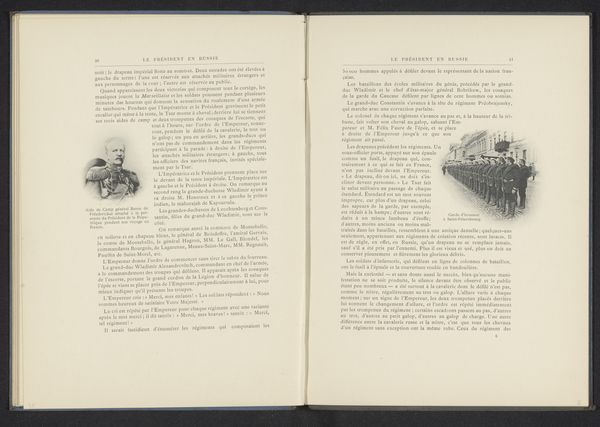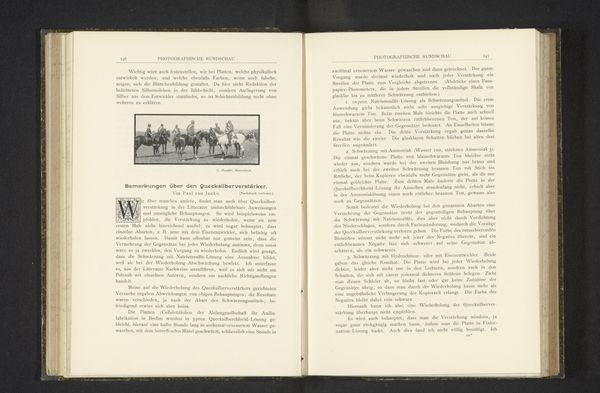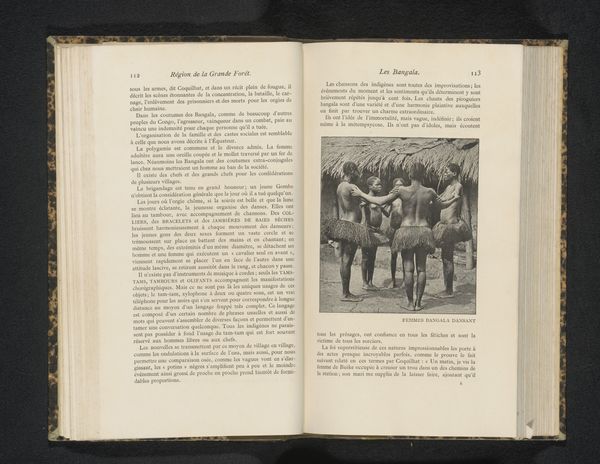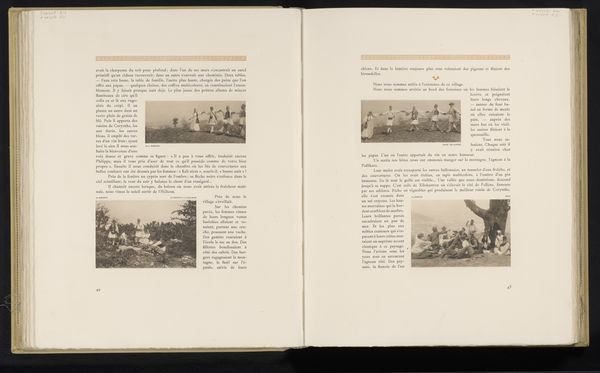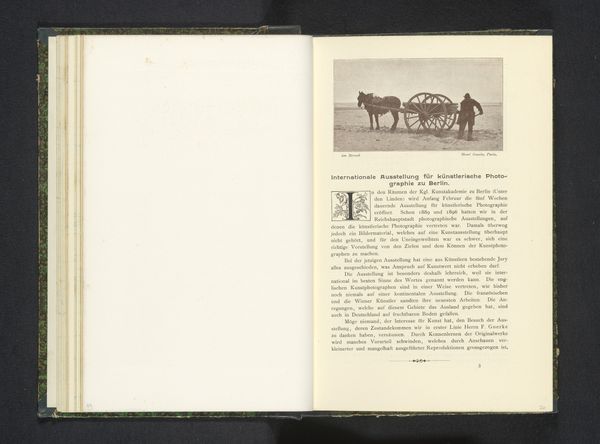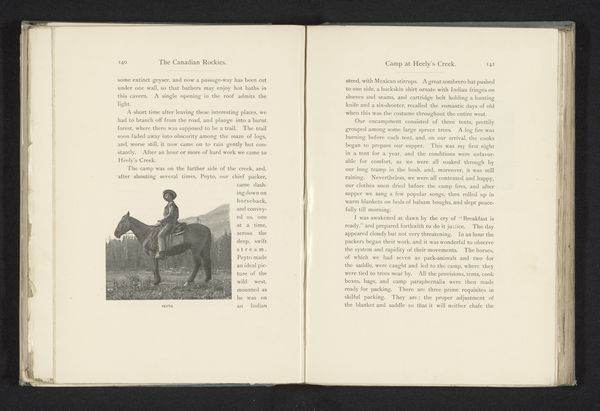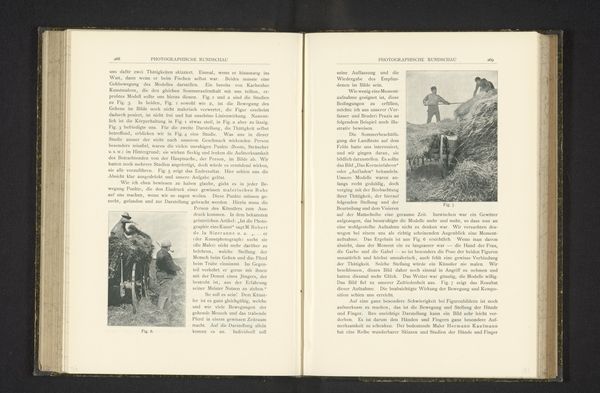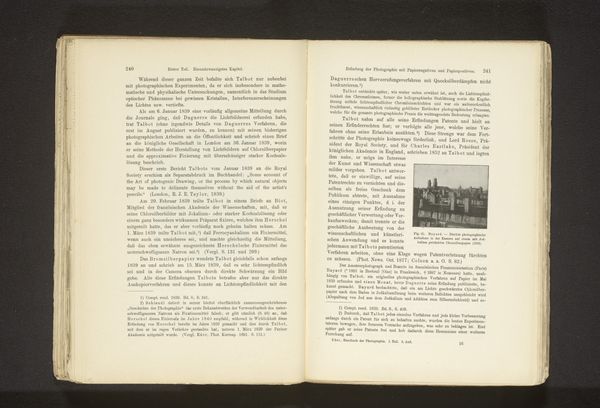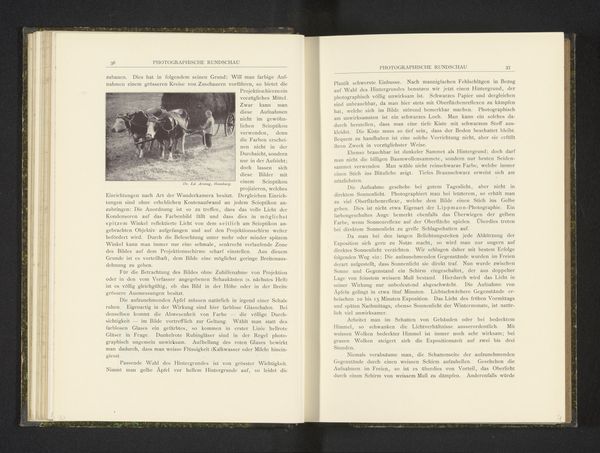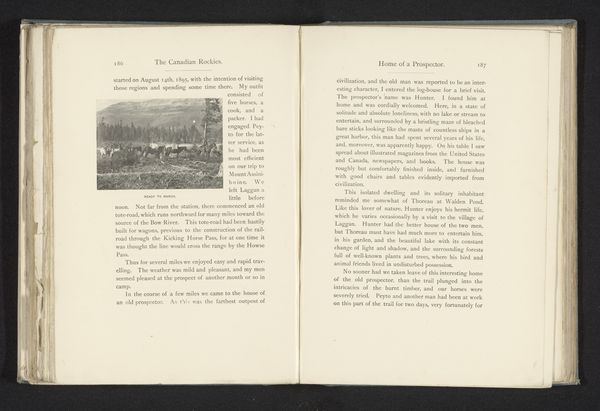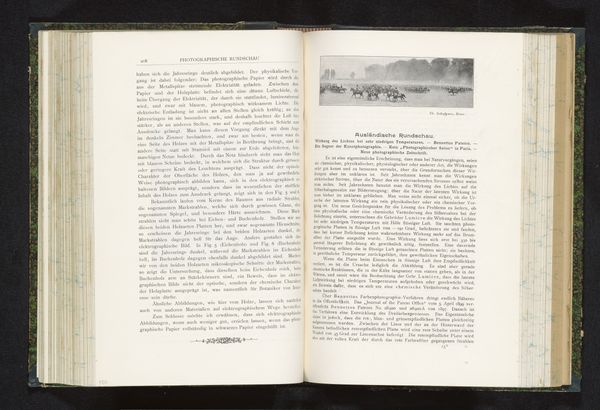
print, photography
#
portrait
# print
#
photography
#
group-portraits
Dimensions: height 69 mm, width 44 mm
Copyright: Rijks Museum: Open Domain
Curator: Here we have a fascinating historical document, a photographic print dating back to 1897. The work is entitled “Generaal Alexandr von Bilderling en baron Adolf Freedericksz te Krasoye Selo,” immortalizing General Alexandr von Bilderling and Baron Adolf Freedericksz at Krasoye Selo. Editor: My initial impression is that the somber black-and-white tones convey a formal and perhaps slightly austere mood. The composition, with the subjects arranged in a row, reinforces this sense of rigid order. It's intriguing how the texture is created through subtle gradations of light and shadow on the figures' uniforms. Curator: Indeed. Consider this print not just as an aesthetic object, but as a representation of power and social hierarchy within late 19th-century Russia. Military portraits like these played a crucial role in shaping public perception and reinforcing the authority of the state and the aristocratic elite. The very act of photographing and distributing this image speaks to the era's obsession with documenting and disseminating its leaders. Editor: Yes, I see your point, but consider the photograph itself. The limited tonal range and the tight cropping force us to examine the men’s faces closely, searching for clues to their character. Note the detail in the braidings and ornaments that are visible thanks to the photography technique of that era. The photograph captures this almost tangible, meticulous detail through controlled contrast. Curator: True, the detail is captivating, especially as it reflects the socio-political context. Their meticulous presentation and unwavering gazes suggest not just individual authority but also a commitment to the structures they represent. How this image circulated and was consumed—perhaps in publications or public displays—undoubtedly solidified these individuals' positions within the social fabric. Editor: Looking closely at the composition, there's something inherently artificial. The even spacing, the regimented horses and stance— it is a presentation for the public, that even with historical value and rich background as you suggest, highlights form over genuine spirit of capturing individuals. Curator: From my perspective, analyzing the context of "Generaal Alexandr von Bilderling en baron Adolf Freedericksz te Krasoye Selo," as it helps us understand its intended audience and message it helps showcase that the medium carries its cultural DNA in the choice of representation. Editor: And from my angle, contemplating the formal structure enhances that background to expose the rigid format imposed by aesthetic elements, revealing art not as objective reflection but structured form.
Comments
No comments
Be the first to comment and join the conversation on the ultimate creative platform.
